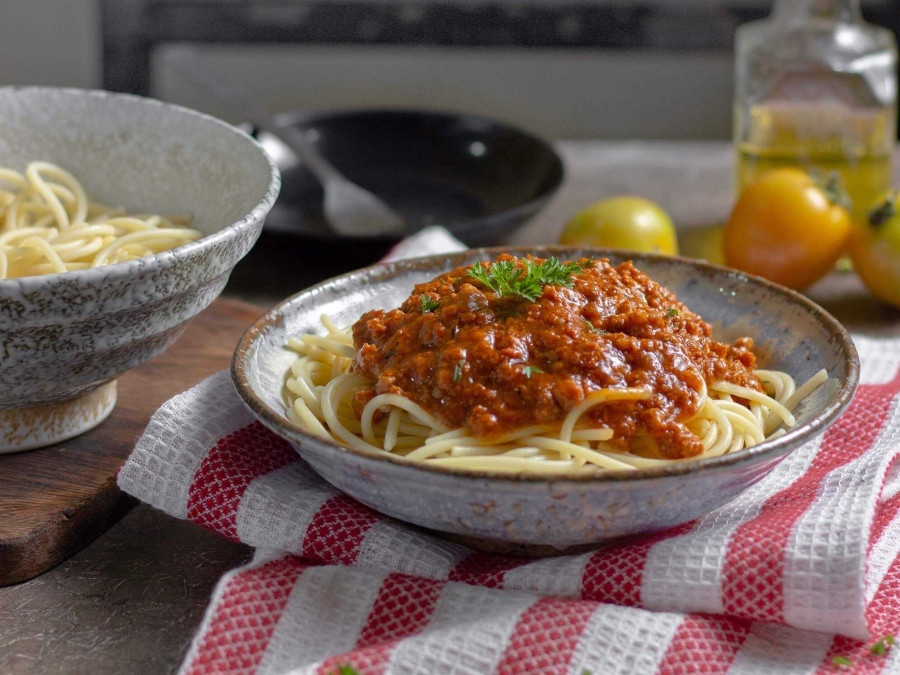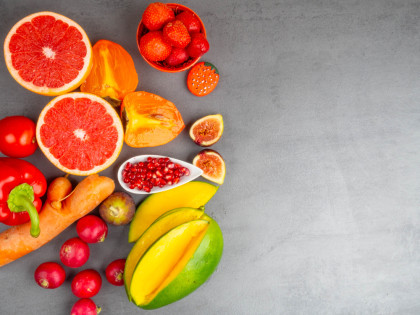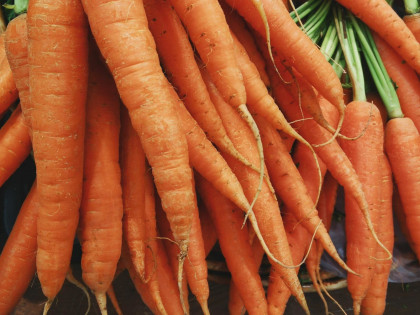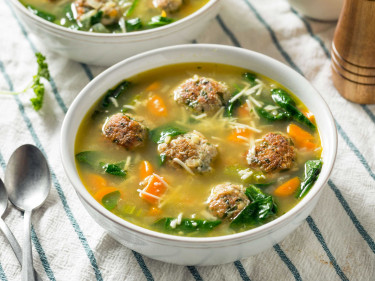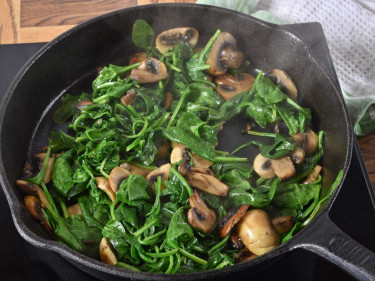Serves = 6
1 large onion, chopped
3 cloves of garlic, minced or finely chopped
500g extra lean beef mince
1 x 420g can brown lentils (no added salt), drained
1 x 400g can tomatoes (no added salt)
2 tablespoons salt reduced tomato paste
1 zucchini, grated
1 carrot, grated
1 handful of parsley, finely chopped
2 teaspoon of mixed dried herbs
2 tomatoes, chopped
350g wholemeal spaghetti



